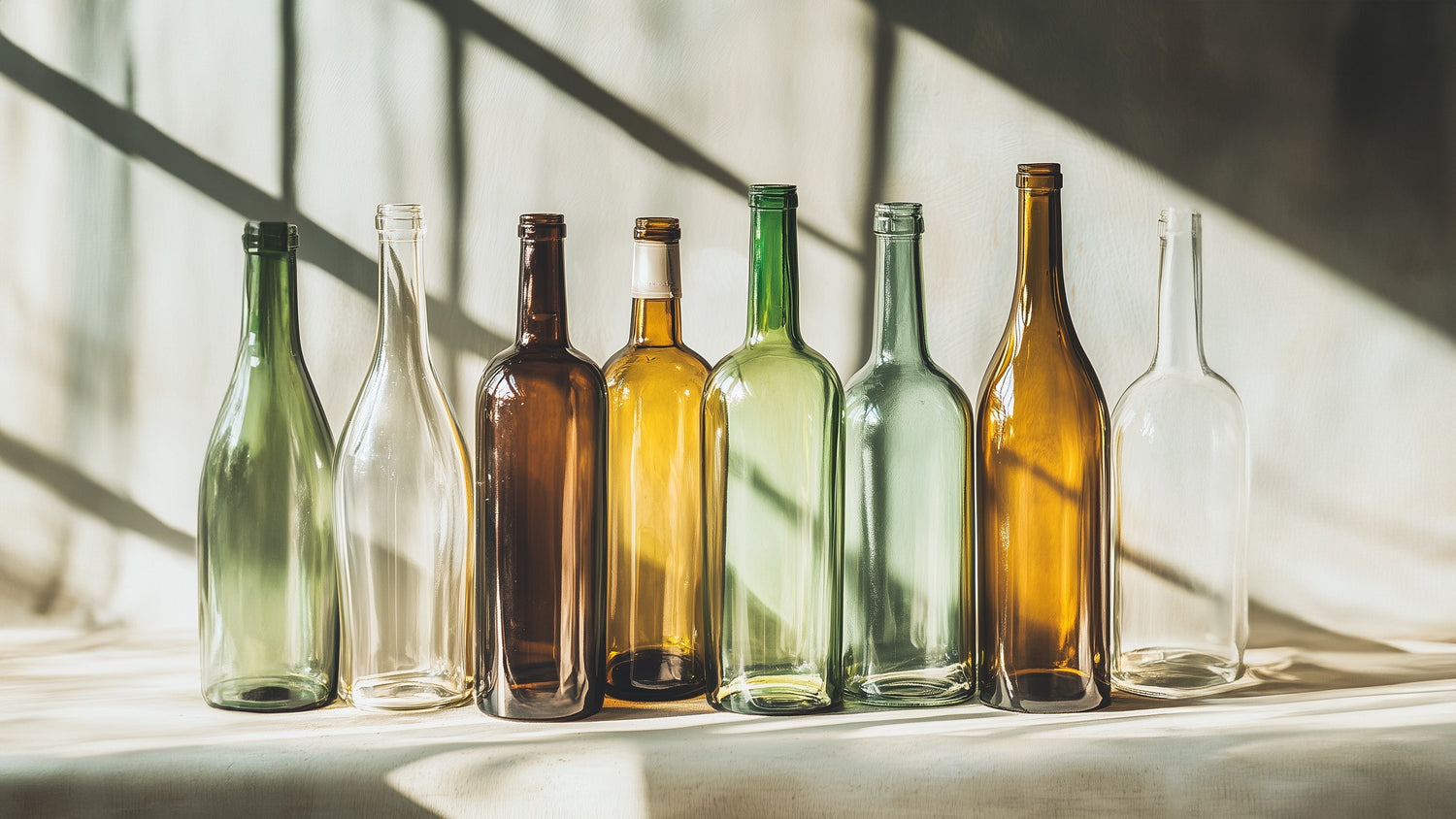Glass, one of humanity's most fascinating inventions, has spanned millennia of history, evolving from simple beads and ornaments to complex architectural structures and art objects.
Today, glass processing is an ancient and modern art, with a versatility that allows us to explore both traditional solutions and radical innovations. From simple stained glass windows to extraordinary building facades and complex sculptures, glass continues to be a testament to man's genius and ability to adapt. Let's see what the most innovative processing techniques are for one of the most sustainable materials in the world.
History of glass processing techniques
The origins of glass processing date back to 3500 BC in Mesopotamia. The first artefacts were simple and rudimentary, but even then glass was considered a precious material. As the centuries passed, glassmaking techniques underwent a remarkable evolution, moving through Egyptian, Roman, and finally European civilizations during the Middle Ages.
During the Roman period, the technique of glass blowing developed, completely revolutionizing the production process and allowing the creation of thinner and lighter objects. In the Middle Ages and Renaissance, Venice emerged as the center of choice for sophistication in glassmaking, with secret techniques producing the famous Murano glass.
With the advent of the industrial revolution, techniques were further modernized, integrating mechanized processes that allowed mass production. However, despite automation, artistic glassmaking continues to be celebrated as an art form, combining traditional methods with new technologies to create increasingly innovative and fascinating pieces.
Traditional glass processing techniques
Traditional glass-working techniques fascinate with their ability to transform raw materials into objects of art and beauty. Among these, glass blowing is particularly well known: introduced over two thousand years ago, this method involves the use of a long metal tube (blow barrel) through which the glassmaker blows air to shape the molten glass into intricate shapes. Variations of this technique include mold blowing, which allows for the creation of more uniform and complex objects.
Lampwork is also another refined technique, performed with a torch that melts the glass as it is shaped with tools and manual movements. This method is ideal for making fine details such as beads and small sculptures, with astonishing precision.
Finally, coloring techniques add vitality and depth to glass objects. These can include adding metal oxides during the melting process to change the color of the glass, or applying glazes and surface textures for stunning visual effects.
Each technique, from uniform colors to complex murrine, not only enriches the aesthetics of the glass, but also enhances its texture, creating unique pieces that are true visual masterpieces.
Amarzo glass processing

Amarzo represents a perfect combination of respect for artisanal traditions and technological innovation in glass processing. By adopting cold grinding, a technique that preserves the integrity of the glass without exposing it to high temperatures, Amarzo has been able to modernize an ancient art while maintaining the aesthetic qualities of the material unaltered.
This methodology allows the glass to be worked with extreme precision, resulting in high quality finishes that distinguish Amarzo products in the furniture and design market. For example, jugs and glasses made with this technique not only demonstrate excellent craftsmanship, but also a commitment to environmental sustainability, reducing energy consumption and material waste.
Environmental benefits of glass
Recycled glass is not only a practical solution for the environment, but also an amazing basis for expressing art. Its infinite recycling capacity makes it a pillar of the circular economy, significantly contributing to sustainable practices that reduce environmental impact and foster creativity in design. Here are the environmental advantages of glass:
- Sustainability: Recycled glass reduces the need for raw materials, decreasing extraction and environmental degradation.
- Reduction of carbon footprint: By using recycled glass, the CO2 emissions associated with the production of new glass are limited, contributing to the fight against climate change.
- Artistic versatility: The transparency and malleability of glass allow for endless creative possibilities, from useful everyday objects to complex works of art.

Conclusions
Glass working, an art that blends tradition and modernity, continues to be an essential component of contemporary furniture and design. Innovative techniques, combined with ancient traditions, allow the creation of unique pieces that not only aesthetically enrich spaces, but also contribute to environmental sustainability.






![Vassoio con Collo di Vetro Riciclato [Lav. Lucida]](http://amarzo.com/cdn/shop/products/vassoio-con-collo-125288.jpg?v=1699712421&width=1100)




